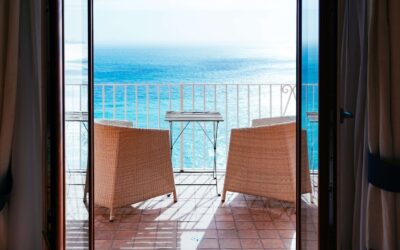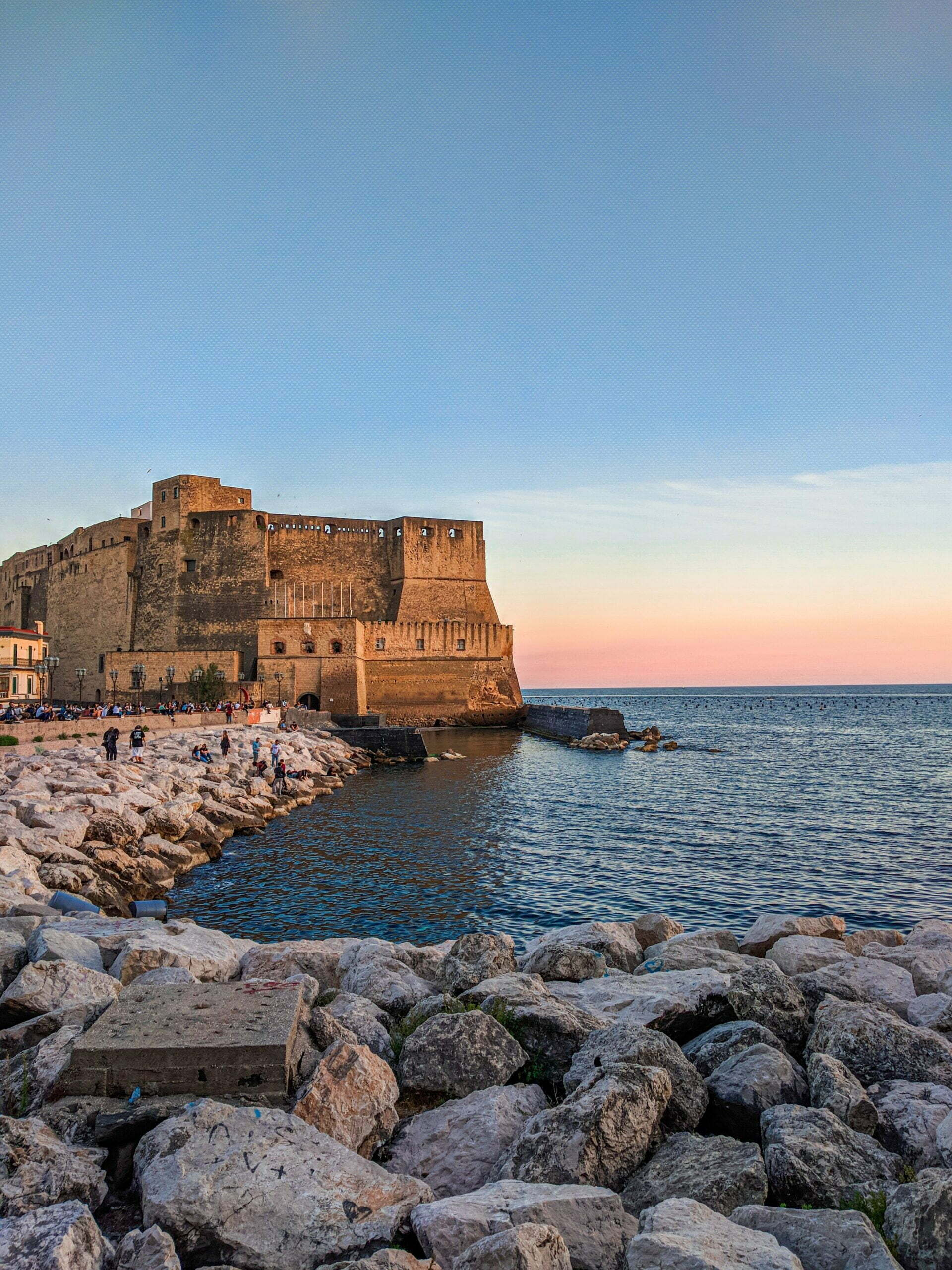5 CURIOSITIES YOU DIDN'T KNOW ABOUT NAPLES
Updated 2022Naples, the Southern Italian city, hides behind its fascinating history and fabulous landscapes, many great myths and legends.
Folklore and traditions play an essential role in giving the city its unique character.
Every time I visit a new country, I like to see it with different eyes, differently from the vast majority of tourists; I love to dig into its culture and learn more about the place I am exploring.
Being Naples my city, it was easy to find some curiosities about the city; however, I must admit that I didn’t know about some of these!
This article may contain affiliate / compensated links. For full information, please see our disclaimer here.
1) Saint Gennaro’s blood liquefaction
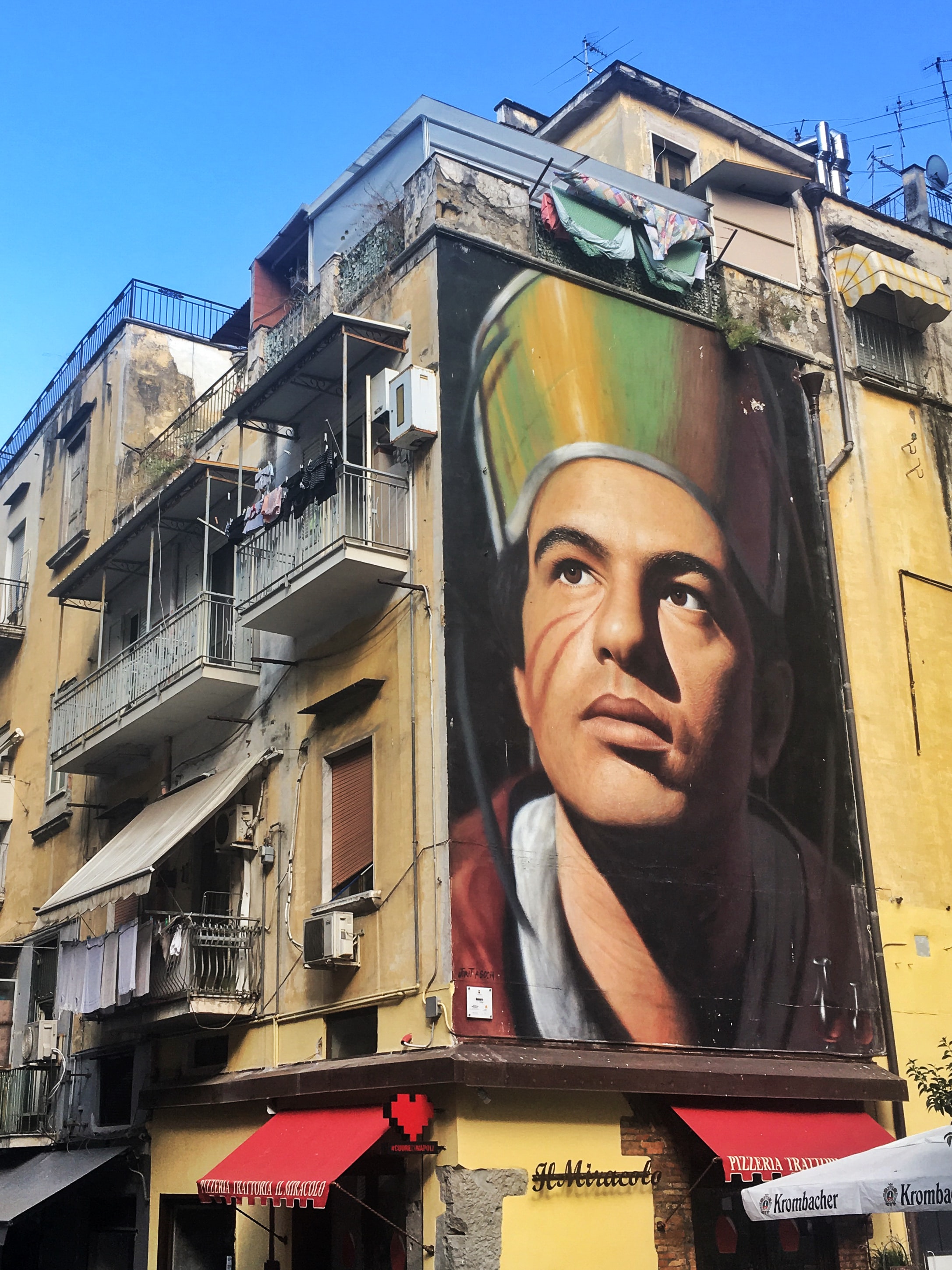
San Gennaro, the patron of Naples, is loved and venerated by the locals. In particular, a recurring “miracle” is linked to him. Three times a year (even though the most important is the 19th of September), many Neapolitans reunites in the Cathedral to assist San Gennaro’s miracle. This consists of the liquefaction of his blood (kept in an ampoule), followed by the people’s joy and relief.
In fact, the legend says that something catastrophic happened each time the blood didn’t melt: earthquakes, plagues, and disastrous events. For example, since the beginning of the COVID-19 pandemic, the blood hasn’t melt, causing panic and desperation between Neapolitan believers.
Many tried to explain this event, and some scientists from the University of Pavia attempted to replicate the blood with calcium carbonate, salt, water and iron chloride. The result was a substance very similar to the blood which, once shaken, melted.
2) The city with most theatres
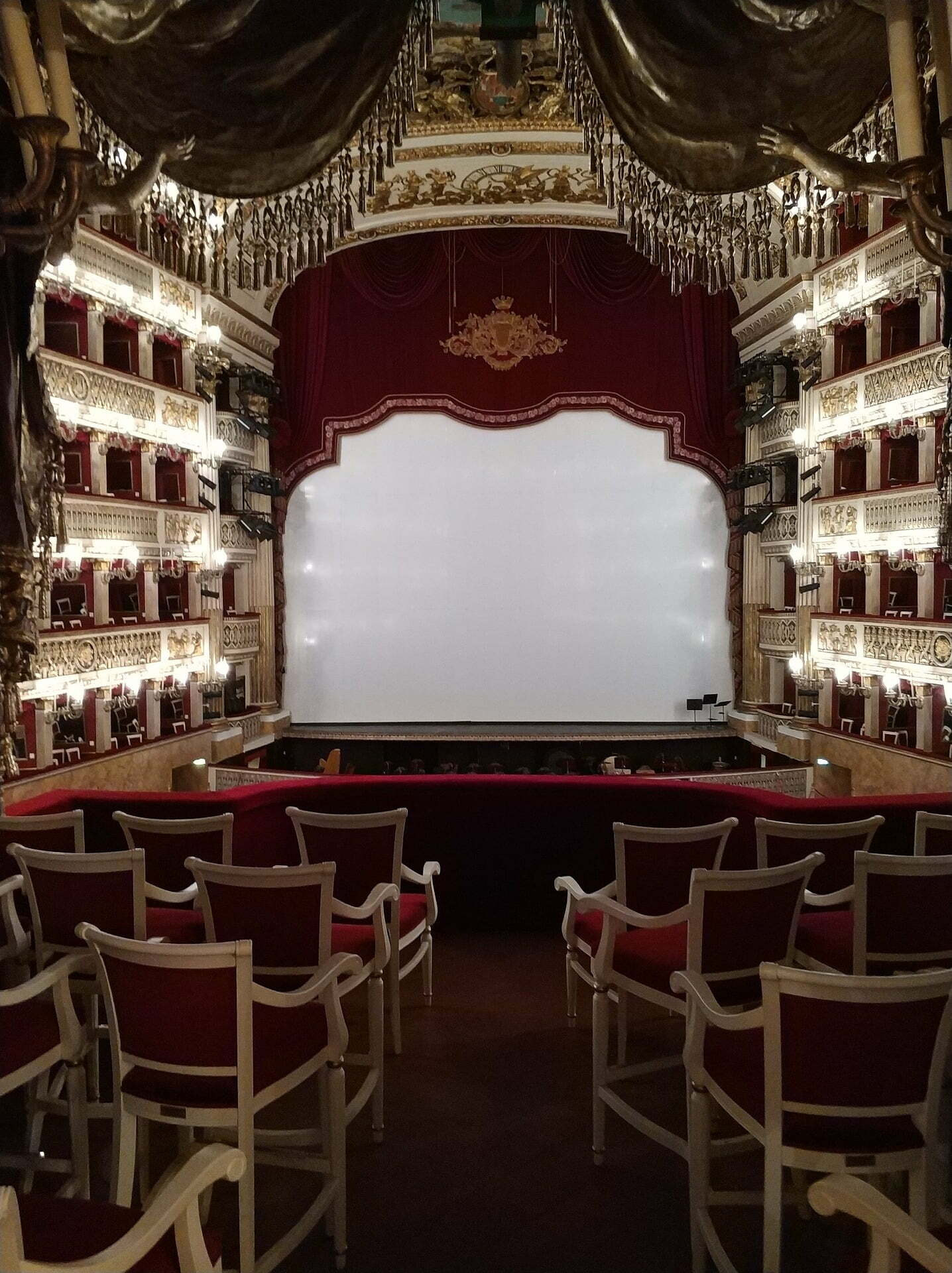
We all know that Naples is a city full of art and history. However, only a few know that the Southern city has more theatres than any other Italian city.
Of the 32 theatres in the city, the most important is the San Carlo, built in the 1737 and considered one of the biggest in all the Nation. Its elegance and grandeur contribute to its stunning character.
If you have the chance, take a moment to admire it!
3) Frankenstein’s birthplace

It seems that Mary Shelley visited the Italian city during the XVIII century with her husband. Here, she gave birth to her daughter that, unfortunately, died only 17 months later. She was devastated by the loss and made some changes to Frankenstein’s first edition in 1818.
However, she was really fascinated by the Neapolitan city, so much that she defined it as a “paradise inhabited by devils“.
4) Dracula’s burial place

For years there had been talks about the presence of Dracula’s body in Naples. However, this was never confirmed or denied. At least, until a few years ago.
In fact, in 2017, some expects from the University of Tallinn confirmed the presence of the grave of Vlad III in the church of Santa Maria La Nova. Apparently, some scholars found that he spent his last years in the city with his daughter, and he died there.
5) The biggest historic centre in Europe
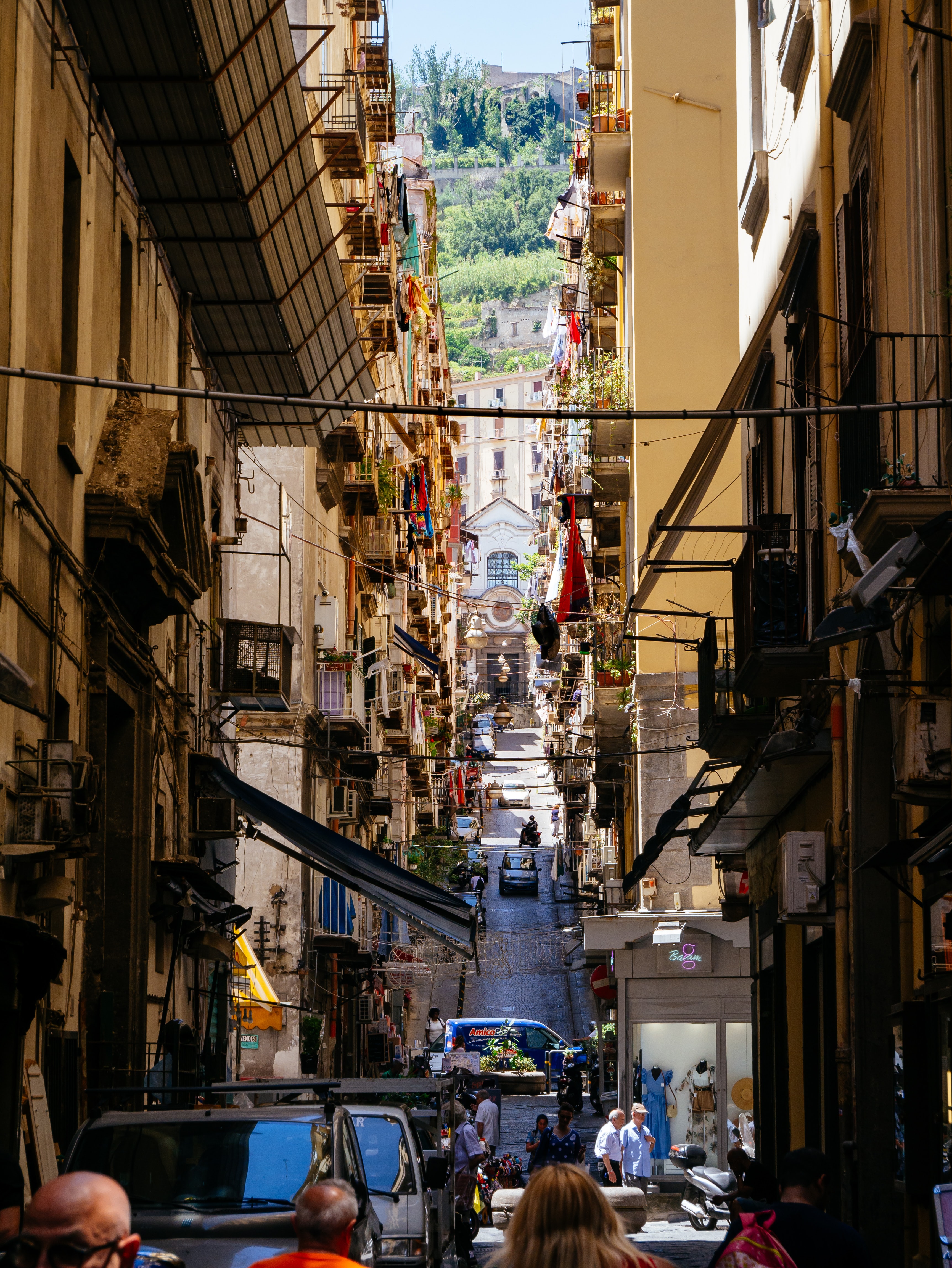
Naples’ historic centre encloses 27 centuries of history, and it extends for 17km2, winning the record of the largest historic centre in Europe.
You will surely not run out of things to visit during your holiday!
Kikka
EDITOR IN CHIEF


